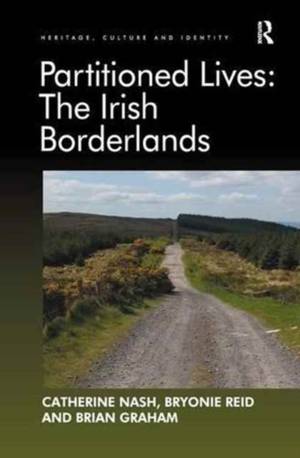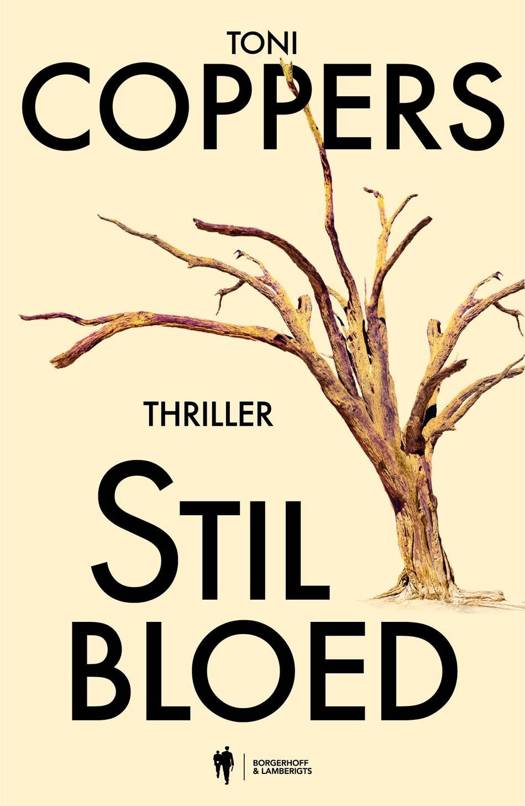
- Afhalen na 1 uur in een winkel met voorraad
- Gratis thuislevering in België vanaf € 30
- Ruim aanbod met 7 miljoen producten
- Afhalen na 1 uur in een winkel met voorraad
- Gratis thuislevering in België vanaf € 30
- Ruim aanbod met 7 miljoen producten
Zoeken
€ 105,45
+ 210 punten
Uitvoering
Omschrijving
Partitioned Lives: The Irish Borderlands explores everyday life and senses of identity and belonging along a contested border whose official functions and local impacts have shifted across the twentieth century. It does so through the accounts of contemporary borderland residents in Ireland and Northern Ireland who shared with us their reflections on and experiences of the border from the 1950s to the present day. Since the border is the product of the partition of the island and the creation of Northern Ireland, its meaning has been deeply entangled with the radically and often violently opposed perspectives on the legitimacy of Northern Ireland and the political reunification of the island. Yet the intensely political symbolism of the border has meant that relatively little attention has been paid to the lived experience of the border, its material presence in the landscape and in people's lives, and its materialisation through the practices and policies of the states on either side. Drawing on recent approaches within historical, political and cultural geography and the cross-disciplinary field of border studies, this book redresses this neglect by exploring the Irish border in terms of its meanings (from the political to the personal) but also, and importantly, through the objects (from tables of custom regulations and travel permits to road blocks and military watch towers) and practices (from official efforts to regulate the movement of people and objects across it to the strategies and experiences of those subject to those state policies) through which it was effectively constituted. The focus is on the Irish border as practised, experienced and materially present in the borderlands.
Specificaties
Betrokkenen
- Auteur(s):
- Uitgeverij:
Inhoud
- Aantal bladzijden:
- 170
- Taal:
- Engels
- Reeks:
Eigenschappen
- Productcode (EAN):
- 9781138269286
- Verschijningsdatum:
- 17/11/2016
- Uitvoering:
- Paperback
- Formaat:
- Trade paperback (VS)
- Afmetingen:
- 156 mm x 234 mm
- Gewicht:
- 244 g

Alleen bij Standaard Boekhandel
+ 210 punten op je klantenkaart van Standaard Boekhandel
Beoordelingen
We publiceren alleen reviews die voldoen aan de voorwaarden voor reviews. Bekijk onze voorwaarden voor reviews.








